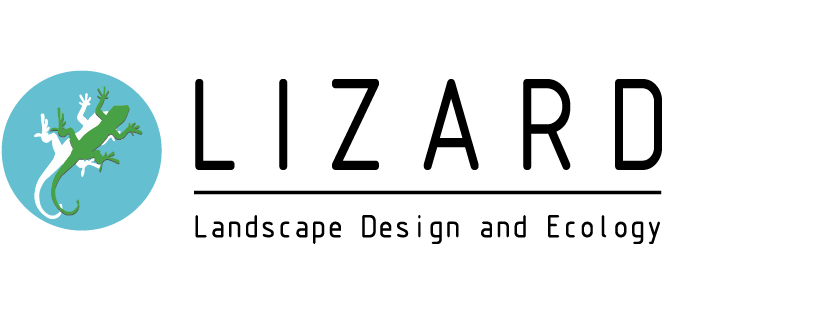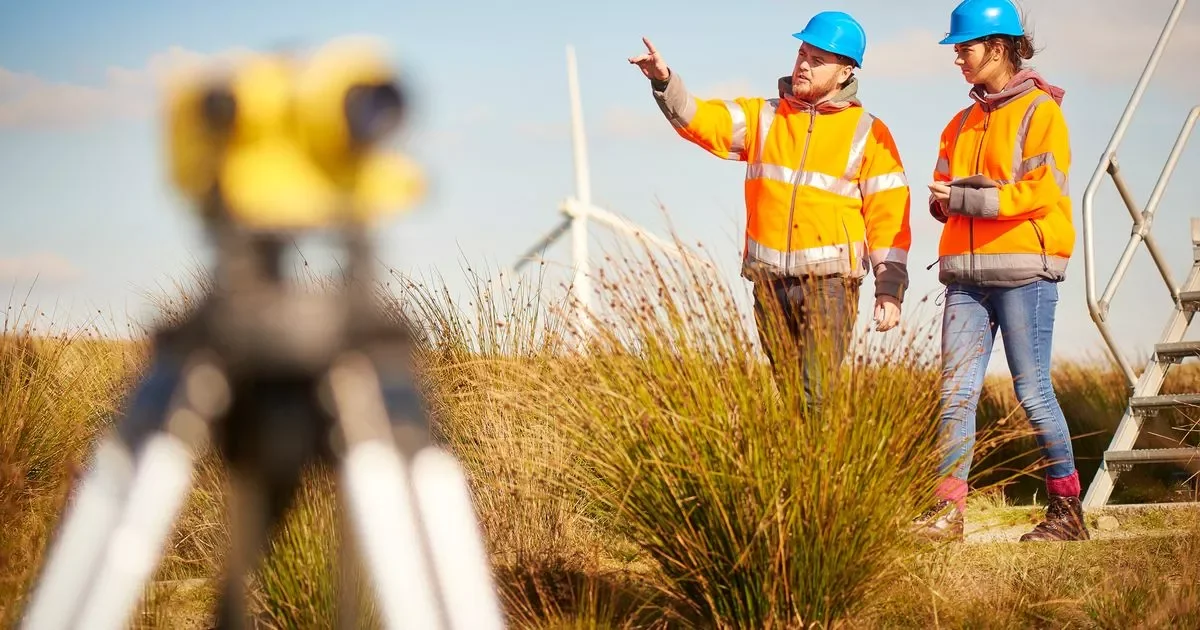Ecological Assessments & Meeting Regulatory Requirements
In an era of increasing environmental awareness and tightening legislation, ecological assessments and ecological surveying are no longer optional extras in the development process. For landscape professionals, contractors, planners, or clients, understanding how these tools support compliance and why doing them early can save time, money, and reputation is essential.
Understanding Ecological Surveys for Sustainable Development
In today’s push for sustainable development, ecological surveys have become a crucial first step in ensuring that construction projects respect and protect the natural environment.
Our Ecological Services: Assessing Bats, Birds & Badgers
When embarking on a new development project, understanding and mitigating its impact on wildlife is crucial. At Lizard Landscape design and Ecology, we specialise in providing comprehensive ecological services, to ensure your project aligns with environmental regulations and promotes biodiversity.
What To Expect From Our Landscape Management Plans
With an effective landscape management plan in place, you can get the most out of your outdoor space. Going beyond the initial planting or architectural designs, landscape management helps gardens, parks, Areas of Outstanding Natural Beauty (AONB) and Sites of Special Scientific Interest (SSSI) continue to flourish for years to come.
Common Landscape Functions & What They Mean For Your Project
When starting on a new development project, it’s important to understand the land you will be working with.
Why Hire An Ecological Survey Consultant For Your Project
Ecological assessments are an essential part of the planning process, where it is important to protect wildlife populations and biodiversity at every stage of a development project.
How Soft Landscape Design Can Complement Your Architecture
Soft landscaping design plays a critical role in enhancing the aesthetics and functionality of commercial spaces. While architecture and structural design form the backbone of a building, the surrounding landscape – particularly the softer elements such as plants, trees, grass, and other living features – can bring harmony and purpose to the entire project.
The Importance of Expert Ecologists for Our Environment
The environment around us consists of a fragile ecosystem, where flora and fauna are dependent on each other for survival. This means that when a slight change is made to that ecosystem, the results can be catastrophic and wide ranging.
Ecological Survey: Vital For Minimising Environmental Impact
Ecological surveys are a crucial part of most modern development projects. Any kind of property development project will require an ecological assessment for safety and environmental purposes. Our blog is here to explore the impact that ecological surveys have on surrounding environments and habitats, so that you can gain a deeper understanding of their purpose. To learn more about how ecological assessments impact the environment, and why they are so essential to development projects, keep reading our blog.










